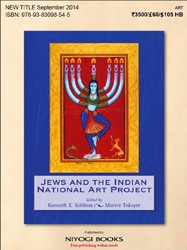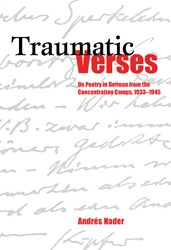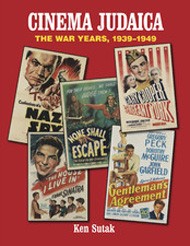Abstraction and the Holocaust is a scholarly examination of works of several artists, an architect, a photographer, and a videographer, which were inspired by the catastrophic genocidal policies of Nazi Germany in World War II. In undertaking the project the author, Mark Godfrey, who teaches at the Slade School of Art of the University of London, sought to comprehend and make comprehensible the nonrepresentational works as they relate to philosophical and theoretical ideas of abstraction as well as how they depict— abstractly — the Holocaust itself. The first part of the book concentrates on works created in the first twenty-five years after the war by a few of the best known practitioners of abstraction: Morris Louis, Barnett Newman, and Frank Stella. Entire chapters are devoted to Louis’ Charred Journal: Firewritten paintings of 1951, Newman’s The Stations of the Cross: Lema Sabachthani (1958−1966), and Stella’s Polish Village series of the early 1970’s. In these masterful paintings and mixed media, frequently only the title definitively establishes their theme.
The second part of the book deals with commissioned memorials (some unrealized), the work of the video artist/activist Beryl Korot (Dachau 1974), the fascinating Via Tasso project by Mel Bochner, and concludes with a chapter on Peter Eisenmann’s Memorial to the Murdered Jews of Europe (1997 – 2005) and Susan Hiller’s The J. Street Project (2002 – 2005), both executed in Berlin. While the latter is not abstract it is motivated by an abstract idea (J. Street = Judenstrasse, the street of the Jews – without Jews}.
This ambitious treatise is based on a vast amount of research. The author’s unique perspective gives the wide-ranging subject matter some cohesiveness, but this reader felt it could have been two separate books. Nevertheless, the discussions and the extensive footnotes and bibliography make this an important contribution to analyses of both the art and the memorializing of the Holocaust. 100b/w +40 color illus.




